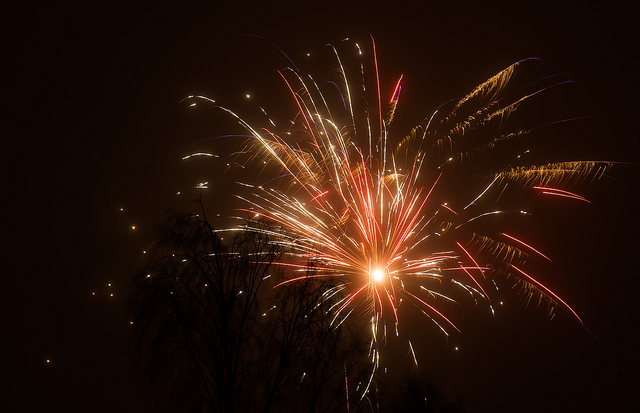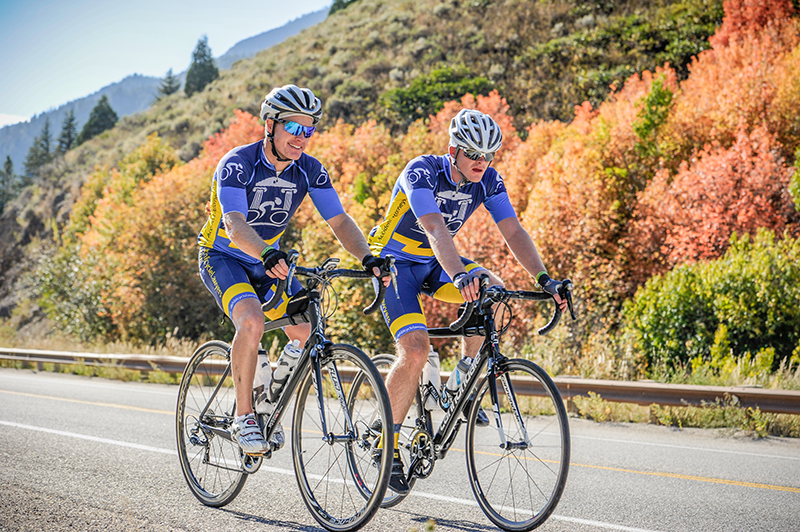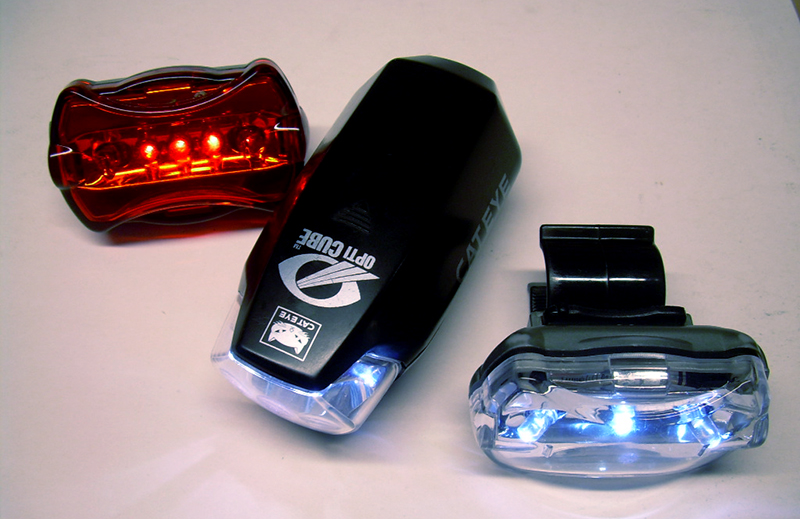
Few things are as closely associated with the New Year than the making of personal resolutions. From goals of losing weight to reading more books, people across the globe use the start of a new year as motivation to do a little better. You may think that this is a new phenomenon, but it isn’t. Civilizations as old as the ancient Romans did it, too! The month of January even takes its name from their god of beginnings and changes. So if people have been making resolutions for so long, they must work pretty well, right?
Actually, no, not really — a recent study found that less than 10% of people successfully achieve their New Year’s goals. But at the same time, people who make clear resolutions are 10 times more likely to achieve personal goals than those who don’t. The real question isn’t whether or not we should make resolutions, but how we should go about making them happen. The Utah Bicycle Lawyers want to help you find the answer to that question, and naturally, our resolutions have to do with our bikes and keeping ourselves and those around us safe. Here are three New Year’s resolutions to help you cycle safer, and some helpful advice on what the law has to say about them.
1. Do Not Impede Traffic

Knowing how to properly coexist with cars on the road is crucial to safe cycling. Improper riding can impede vehicle traffic, which can lead to serious accidents. Additionally, there are several laws which dictate how cyclists may use the road, and by not heeding them you put yourself at risk. Here is how you can follow those laws and keep your resolution to not impede vehicle traffic while cycling:
- Always ride with the flow or direction of traffic.
- Always ride as close to the right-hand edge of the road as possible. There are some exceptions to this rule, such as when you are passing another bicycle or vehicle or preparing to make a left turn. If you are riding straight through an intersection with a right-hand turn lane, you should ride just to the left of any vehicles which may be turning right.
- Never ride more than two bicycles wide. It is legal in Utah for two cyclists to ride side-by-side, but only if the normal flow of traffic is not impeded. If it is, the cyclists must ride in a single-file line on the right-hand edge of the road.
- This law remains in effect at intersections. Do not group up with other cyclists while waiting for a stoplight. It takes much longer for you to accelerate than it does for a driver in a car, and you will impede traffic if you don’t maintain the two-wide rule (or the single-file rule if necessary).
2. Always Signal Before Turning
Hand signals are one of the most basic aspects of road cycling, but it’s often the most basic things that get overlooked. It may seem tedious to signal every time you need to make a turn or stop, but it serves an important purpose. Like we mentioned above, acceleration differs greatly between cars and bicycles, and proper signaling can help prevent crashes by allowing drivers time to react.
- You must give proper hand signals every time you turn right, turn left, change lanes, or stop.
- You need to give the signal at least two seconds before you make the turn or stop. If you need your hand again for safety, you can use it as long as you have effectively signaled.
- The proper signals are as follows:
- Left turn: left hand and arm extended horizontally.
- Right turn: left hand and arm extended upward or right hand and arm extended horizontally.
- Stopping or decreasing speed: left hand and arm extended downward.
- If you signal before stopping in a designated turn lane, you do not need to signal again before turning.
3. Use Your Lights
Especially during the winter months, lights and reflectors are an essential part of your bicycle. Thick cloud cover, early sunsets, and the atmospheric inversion of the Wasatch Front all contribute to decreased visibility on the road. Err on the side of caution when it comes to outfitting your bike with the necessary lights and reflectors.
- Your bicycle must have a white headlight, a red taillight or reflector, and side reflectors — all visible from 500 feet.
- Your lights must be on by a half-hour after sunset and until a half-hour before sunrise.
- If persons are not discernible at a distance of 1,000 feet due to weather or insufficient light at any time, you need to use your lights.

Making Your Resolutions Successful
Don’t become part of the 92% of people who lose sight of the goals they set at the start of a new year. Whether it’s with the bike safety resolutions we shared or those you have made personally, stay motivated and be proactive in making them happen!
Unfortunately, we understand that the changes experienced during a new year are not always positive. Accidents happen, and you may find yourself involved in one while cycling. But the Utah Bicycle Lawyers are here to help you if that occurs. We even wrote a book that answers a lot of the questions which arise in the aftermath of bicycle accidents and subsequent injury cases.
You can contact us today and speak with us about your case, and we will provide you with a free consultation and a free copy of our book if you are interested.
We hope that your cycling is safe and that your New Year is happy!
Photo via Flickr
Injured in a Bike Accident?
Contact Us Today
